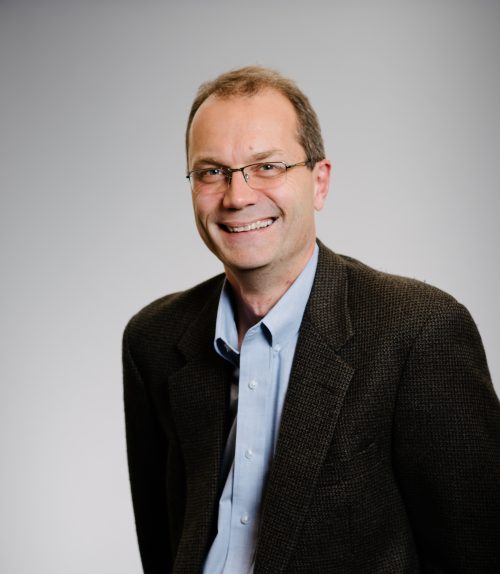Change Leader: Moving the Industry Toward Digital Twins and Digital Cities

These profiles are based on interviews, and the opinions and statements are those of the subject and are not necessarily shared or endorsed by this publication.
Going Digital
Bentley Systems has been at the forefront of digital engineering software for decades, and one of its latest pushes is toward digital cities as well as digital twins. Robert Mankowski is leading that endeavor.
“The term digital twin has become a focus for Bentley because of the potential improvements in project delivery and asset performance it can bring,” notes Mankowski. “It’s important to note that we also include engineering technology in this idea of a digital twin.”
He defines a digital twin as a digital replica of a physical product or process or system that bridges together the physical world and the digital world. This has long been a goal of industry software developers, but a convergence of technologies such as reality capture, IOT sensor data and machine learning as well as 3D and 4D information and modeling have brought us closer to bringing this elusive goal to reality.
The real value of creating a digital twin for infrastructure is that it can be used throughout its entire lifecycle, from design and modeling to construction through asset management and eventually asset retirement and recycling or redevelopment.
Bentley’s Role
The company has developed a portfolio of applications and cloud services it believes enable the creation of highly accurate infrastructure digital twins. The process can start with ContextCapture, a reality-modeling software product that can use drone or camera images or laser scanning to create georeferenced models with high levels of detail and fidelity.
There are several possible software choices for asset design and modeling, and the best choice depends on the type of infrastructure. A Bentley product called SYNCHRO adds the fourth dimension of time, allowing contractors and managers to see the construction strategy of an asset step by step and minute by minute, which can be moved backward and forward through time and adjusted when necessary to keep all information as accurate as possible. A new product called iTwin Services features a set of cloud services that enable digital twins to be accessed in an open, connected data environment (CDE).
“In practical terms, it’s a system for managing this data, aligning it from different data sources so it can be brought together from different applications—Bentley applications, non-Bentley applications, from open standards, proprietary formats, all sorts of inputs—into this digital twin, and then being able to understand the changes that have occurred,” notes Mankowski. “It makes the data accessible to all manners of stakeholders, disciplines and applications.”
Moving the Industry Forward
The industry has made a lot of progress, but Mankowski says there’s still much more value to gain by making the entire process digital throughout the lifecycle. Doing so will help organizations and owners reduce their risks and costs in infrastructure projects.
“I think it’s incumbent upon us to really communicate these values, and not have to wait for some tragic event to occur or legislation or regulation to occur in order to drive the use of digital twins,” he adds.
He knows firsthand how tragic events can illuminate inefficiencies and lead to better solutions. His first job out of school was with the Los Angeles Department of Water and Power, and he was an assistant civil engineer in the water department when the 1994 Northridge earthquake created extensive damage in the area.
Unfortunately, in 1994 the infrastructure maps were ink drawn on Mylar and very difficult to share with the influx of people that now wanted to see them.
“That really hindered the recovery efforts, because we had crews come from other states, and we had no way of giving them information about the water utility,” he relates. “I just couldn’t imagine myself now; what it would have been like if all these crews came in with their cell phones and their tablets, and we can just go ahead and say, ‘Here, download this app or browse to this website, and you’ll get all the information you need to help us with these repairs.’
“It would have been so much more efficient, and I’m sure we could have restored service much quicker,” he adds.
It’s his hope and life’s work to enable infrastructure digital twins so the problems of the past become relegated to the past.


